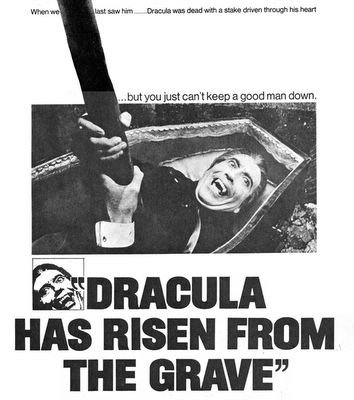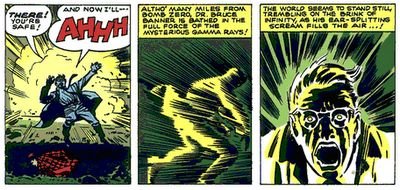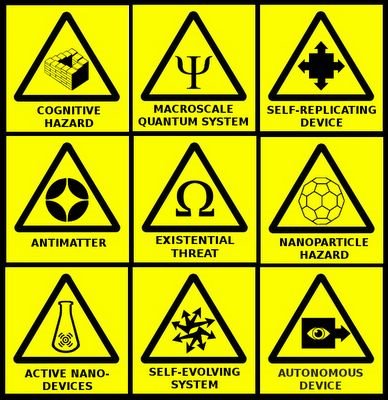"These popular myths make for a lot of Halloween fun and great movies with special effects, but they just don't hold up to the strict tests of science," Efthimiou said.

After the boy was buried, he returned in an incoherent state, and Haitians pronounced that a sorcerer had raised him from the dead in the state of a zombie.
Science, however, has a less-supernatural explanation. A highly-toxic substance called tetrodotoxin is found in a breed of puffer fish native to Haitian waters. Contact with this substance generally results in a rapid death. However, in some cases, the right dose of the toxin will result in a state that mimics death and slows vital signs to a level that is unable to be measured. Eventually, the victim snaps out of the death-like coma and returns to his or her regular condition.

Scientific analysis has shown that oxygen deprivation is consistent with the boy's brain damage and his incoherent state.
"It would seem that zombiefication is nothing more than a skillful act of poisoning," Efthimiou said. LINK
Ghosts, Vampires and Zombies: Cinema Fiction vs Physics Reality. 2006. C.J. Efthimiou, and S. Gandhi.
See more Halloween treats over at the Digital Dream Machine Blog








